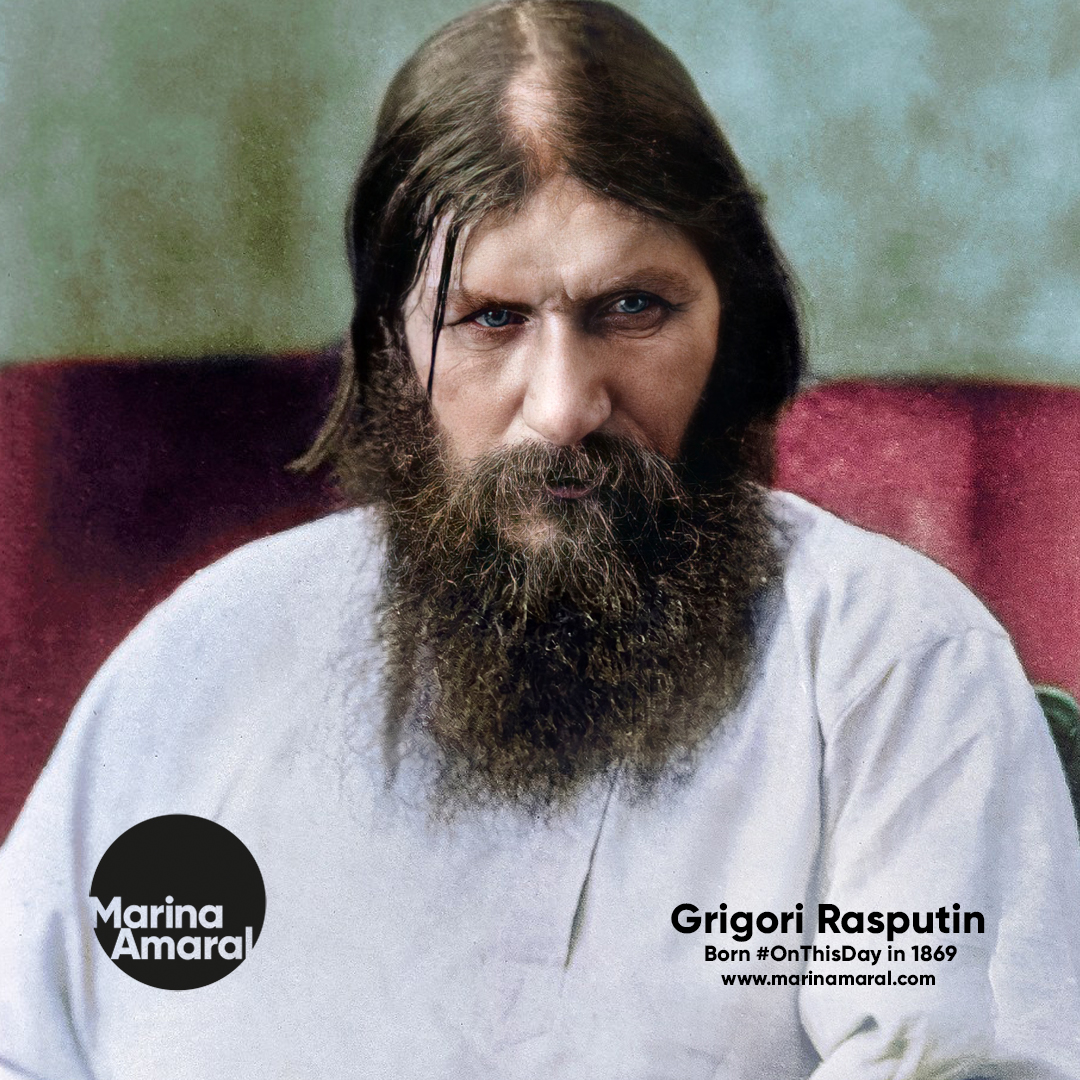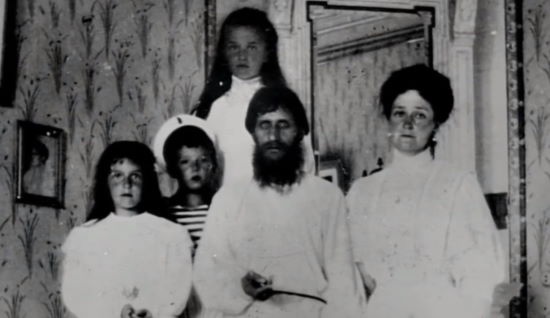
This was commissioned last Christmas. I don't usually do that, but I was so amazed and curious when I saw the photo that I just had to ask the client if I could share it (and the story behind it) with you.
So, with their permission, meet Maj. Lloyd "Scotty" Hathcock.
So, with their permission, meet Maj. Lloyd "Scotty" Hathcock.

Maj. Lloyd "Scotty" Hathcock, captured in Italy during the summer of 1944, spent the rest of the war in Stalag Luft III and Stalag VII-A prison camps.
After the war, Hathcock stayed in the service and helped to desegregate the U.S. Air Force.
After the war, Hathcock stayed in the service and helped to desegregate the U.S. Air Force.
Artifacts donated by Maj. Hathcock remain on display at the WWII Gallery at the National Museum of the U.S. Air Force.
(Huge thanks to Maj. Hatchcock's grandson for allowing me to introduce his grandad to you!)
(Huge thanks to Maj. Hatchcock's grandson for allowing me to introduce his grandad to you!)
Mj. Hathcock. 301st FS, 332nd FG, 12th AF. was captured after he got lost on a ferry mission, landed in error at enemy held Rome-Littorio on 29th May 1944, apparently flying the correct distance on the ferry flight but with 180 degrees wrong direction. 

• • •
Missing some Tweet in this thread? You can try to
force a refresh
















